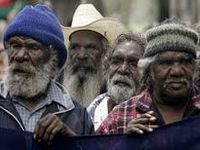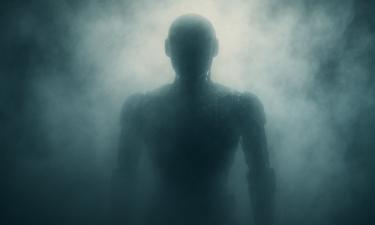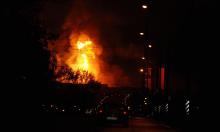Aboriginals in Australia
 Aboriginals in Australia, a little-known story
Aboriginals in Australia, a little-known story
Prensa Latina
In 1901, Australia was declared a Federation and the Constitution came into force of the British Commonwealth of Nations, which ignores in its core values the rights of Aboriginals, the indigenous inhabitants of the island, very often called an island-continent.
Since 1788, British colonization looted the land of those who over thousands of years were distributed in more than 400 peoples or tribes that lived as hunters and gatherers, without writing their own history, transmission was based on oral history and culture.
The arrival of settlers throughout the eighteenth century marginalized indigenous peoples. Being located in inhospitable regions of the vast territory in Australia brought down the figure of nearly one million Aboriginal to less than 200,000.
Some historians like Henry Reynolds point out that the violent deaths with land dispossession, disease and hunger are estimated between 15,000 and 20,000. Others estimate that between 1788 and 1990, the Aboriginal population was reduced by almost 90 percent.
Currently less than half of the 400 indigenous peoples survived, with examples of absolute extinction as occurred in Tasmania, one of the current Australian states.
The few documents confirm that in the so-called Black War, from 1830, more than six thousand of the Palawah originating group were massacred and the last survivor, Truganini, died in 1876.
George Robinson, an advocate of Aboriginal rights, has brought such data and described the genocide committed by the colonists on the island.
In 2008 alone, the Australian authorities recognized these "excesses" and asked forgiveness for "snatching their land."
CONSTANT FIGHT FOR RIGHTS
Relegated to the most distant corners from the island continent, the Aboriginals have maintained a hard struggle against the colonialists, with figures and leaders like Pemulway, Yagan and Windrayne, considered the first heroes.
In a constant fight for their rights, the Australian indigenous inhabitants were only able to improve their living conditions from the 1940s in some reserves. They managed to legalize their electoral votes and formed various social organizations such as Survival and the League for the Advancement of Aboriginals.
However, since the early twentieth century, they remained largely marginalized in reserves, controlled in their movements and guaranteed to work on farms, but without receiving wages.
The lack of documentation that illustrates such data, the "secrets" guarded officially, does not allow accurate assessment of the life expectancies of Aboriginals, their lack of access to health care and levels of social participation.
PRESENT
So much drama has been accumulated, exposed and included in the present cinematography and Australian literature, which led in 2001, to Prime Minister John Howard proposing a Motion of Reconciliation to the Parliament.
Described in the text is "the abuse of the Aboriginals was the darkest chapter in Australian history."
Since then, some conditions have changed, particularly the social in some ways.
At least 32 percent of Australian Aboriginals live in major cities, but the rest remain in a difficult situation in continental regions, insular territories and deserted regions of the interior.
Updated figures estimate that about 400,000 of the heirs of indigenous peoples are mostly racially mixed and have barely preserved their traditional culture and history.
Australian Aboriginals, almost unknown on the worldwide level, cling to one of their few symbols: the yidaki, a kind of trumpet made of wood, used for internationally famous interpretations of rock, pop and jazz.
They have, the experts say, the pride of not having completely disappeared despite genocide at the hands of British colonialism.
Translated from the Portuguese version by:
Lisa Karpova
Pravda.Ru
Subscribe to Pravda.Ru Telegram channel, Facebook, RSS!




